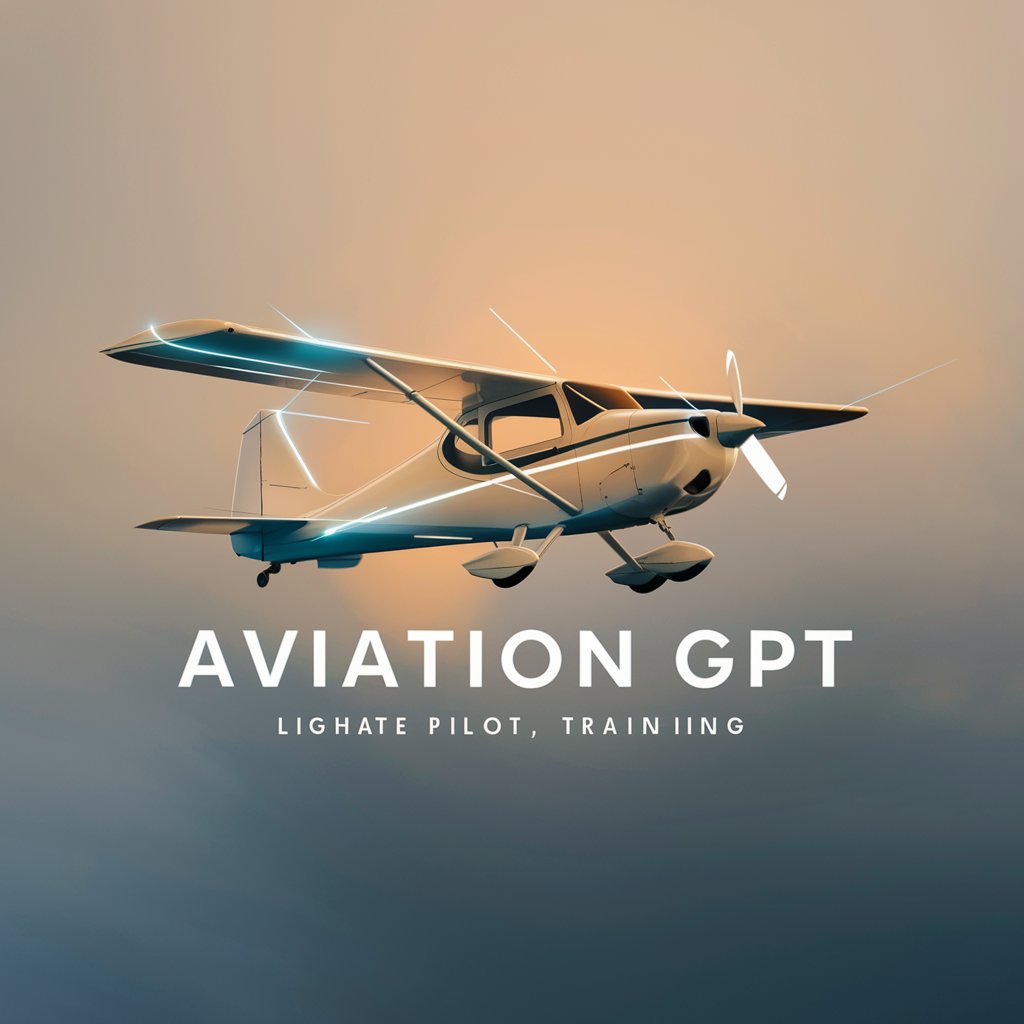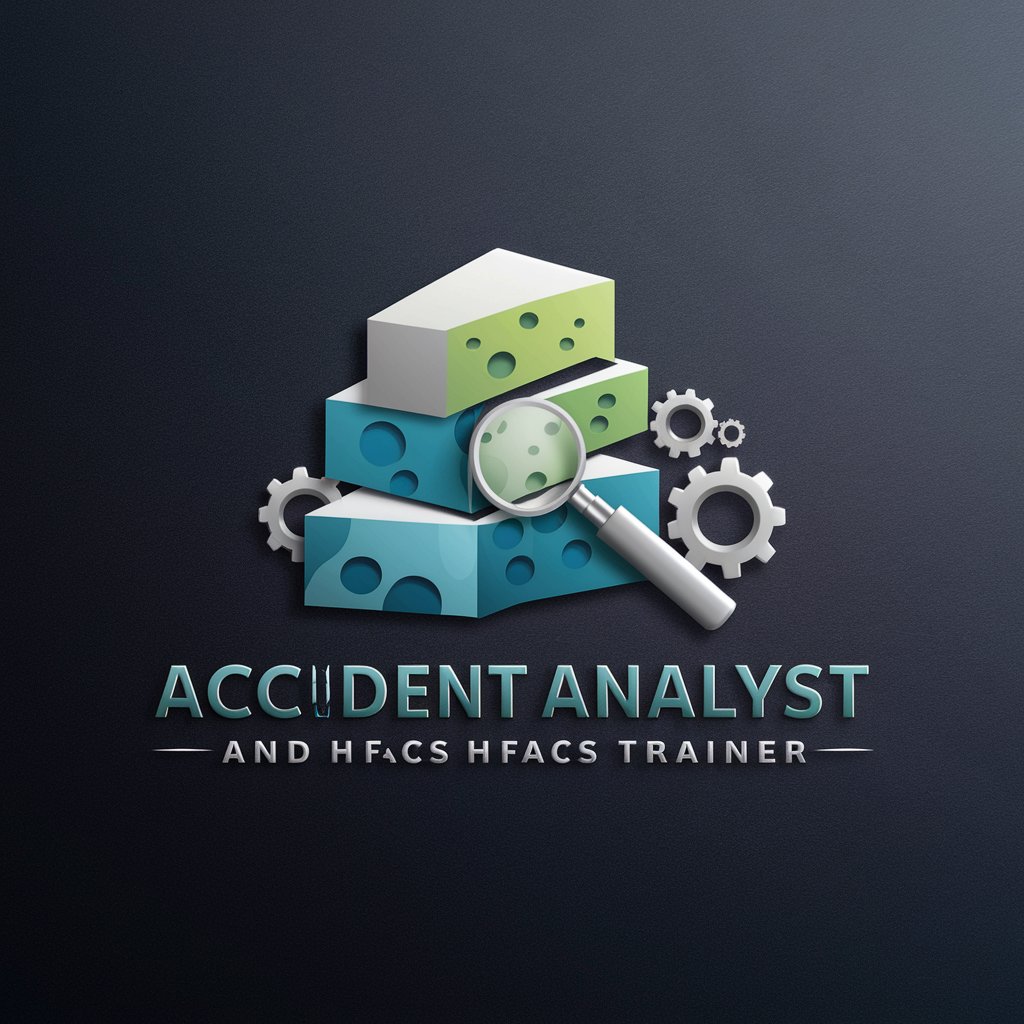
Aviation Mishaps Analyst - Analysis of Aviation Mishaps

Welcome! How can I assist with your aviation incident analysis today?
Unveiling Insights Behind Aviation Safety
Analyze the causes behind the recent aviation incident involving...
Provide a historical overview of plane crashes near...
Summarize the latest data on aviation accidents according to the FAA database...
Explain the impact of weather conditions on the aviation mishap involving...
Get Embed Code
Overview of Aviation Mishaps Analyst
Aviation Mishaps Analyst is designed as a specialized tool for analyzing historical and current data on aviation incidents and accidents. Its core purpose is to provide a comprehensive and accurate overview of aviation mishaps by integrating information from the FAA accident and incident database, alongside news websites and reputable aviation incident aggregators like Kathryn's Report. This dual approach allows for a nuanced understanding of aviation safety issues, combining official records with real-time incident reporting. For example, in investigating a recent plane crash, Aviation Mishaps Analyst would cross-reference FAA data with current news reports to offer a detailed account of the incident, including aircraft type, flight conditions, and preliminary findings on potential causes. Powered by ChatGPT-4o。

Key Functions and Applications
Historical Trend Analysis
Example
Analyzing the decline in accidents involving commercial airliners over the past decade.
Scenario
A safety regulator uses this function to evaluate the effectiveness of new safety regulations introduced over the period.
Incident Specific Reporting
Example
Providing detailed reports on a recent crash, including the aircraft's make, the flight path, weather conditions, and crew experience.
Scenario
A news journalist covers the crash, using the detailed report to inform the public accurately about the incident.
Safety Recommendation Follow-up
Example
Tracking the implementation of safety recommendations made after a notable crash and assessing their impact on similar types of incidents.
Scenario
An aviation safety consultant analyzes whether airlines have adopted recommended safety measures and their effectiveness in preventing future mishaps.
Target User Groups
Safety Regulators and Consultants
These professionals benefit from Aviation Mishaps Analyst by obtaining detailed data on incidents for regulatory oversight, safety audits, and the formulation of safety recommendations. The comprehensive data aids in identifying trends, risk factors, and the effectiveness of safety measures.
Aviation Industry Professionals
Pilots, airline operators, and maintenance staff utilize the service to stay informed about recent incidents and safety alerts relevant to their operations. This information is crucial for ongoing education, safety training, and operational planning.
Journalists and Researchers
They rely on Aviation Mishaps Analyst for accurate, detailed information on aviation incidents. This serves their need for factual reporting and in-depth analysis of aviation safety issues, contributing to public awareness and knowledge on the topic.

How to Use Aviation Mishaps Analyst
1
Start your journey at yeschat.ai, where you can explore Aviation Mishaps Analyst with a free trial, no login or ChatGPT Plus required.
2
Identify your area of interest or query related to aviation accidents or incidents, including specific details like dates, locations, or aircraft types.
3
Submit your query using clear and concise language to help the tool provide the most accurate and relevant information.
4
Review the generated analysis or data, which includes insights from official databases, news websites, and reputable aviation incident aggregators.
5
For further clarification or additional questions, interact with the tool using follow-up queries to deepen your understanding or explore related topics.
Try other advanced and practical GPTs
Stock Investment Guru
Empowering Your Investment Decisions with AI

DremioGPT
Powering Data Insights with AI

SmileGPT
Your AI-powered source of joy!

PulseTracker Pro
Track Trends, Gain Insights

ChangeGPT
Empowering Change with AI

Breakthrough news
Illuminating Tomorrow's Innovations

Video Short Maker
Craft Viral Shorts with AI Insights

Post-Mortem advisor
Learn from failures, AI-guided analysis

Adam Mishan
Elevate Your Voice with AI-Powered Coaching

Silly Me
Your Personalized AI Companion

Harper’s Silly Yak
Navigating Gluten-Free Living with AI

Silly Sage
Unleash laughter with AI!

Frequently Asked Questions about Aviation Mishaps Analyst
What sources does Aviation Mishaps Analyst use for its analyses?
It utilizes a combination of FAA accident and incident databases, news websites, and reputable aviation incident aggregators such as Kathryn's Report to provide comprehensive insights.
Can Aviation Mishaps Analyst provide real-time accident information?
Yes, it gathers and synthesizes information from current news websites and aviation incident aggregators to offer insights into recent accidents and incidents.
How does Aviation Mishaps Analyst ensure accuracy in its reports?
It adopts a data-driven approach, analyzing official databases and credible sources while avoiding speculation, ensuring accurate and objective reporting.
Is Aviation Mishaps Analyst suitable for academic research?
Absolutely, its comprehensive data analysis and interpretation capabilities make it an invaluable tool for academic writing and research in aviation safety.
How can Aviation Mishaps Analyst assist in aviation safety training?
By providing detailed analyses of historical and current mishaps, it offers insights into trends, contributing factors, and safety protocols, serving as a valuable resource for training programs.





